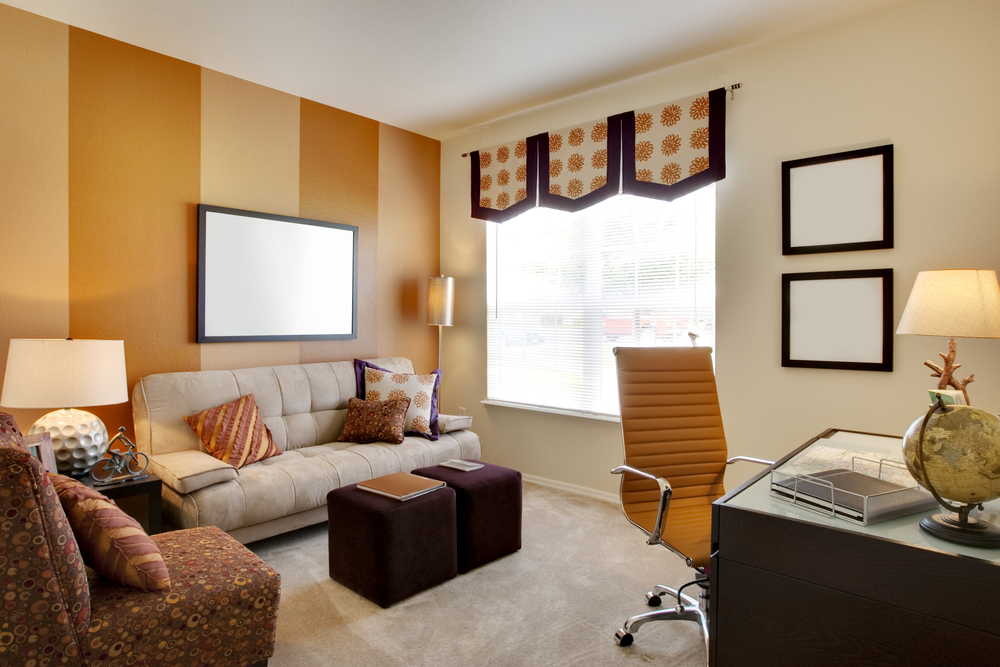A Professional Guide to Understanding the Purpose of Accent Walls
Accent walls serve as focal points in interior design, providing an opportunity to inject personality and style into a space. The strategic use of colour and pattern can enhance the visual appeal of a room, creating a sense of balance and drama.

Choosing the Right Colour
Bold Hues
Choose vibrant and bold colours to make a statement. Deep blues, rich reds, or forest greens can add a touch of sophistication and depth to a room.
Neutral Tones
If you prefer a subtler approach, consider using neutral tones as accent colours. Shades like taupe, charcoal, or muted pastels can create a sophisticated and calming effect.
Complementary Colours
Choose colours that complement the existing palette of the room. A well-chosen accent colour can tie together different elements and create a cohesive look.
Playing with Patterns
Stripes
Horizontal or vertical stripes can elongate or widen a room, depending on the direction. Use contrasting colours for a bold statement or subtle tones for a more understated look.
Geometric Shapes
Incorporate geometric patterns, such as chevron or herringbone, for a modern and dynamic feel. Ensure that the pattern complements the room’s overall design.
Stencils or Wall Decals
Achieve intricate patterns with stencils or decals. This allows for a customized and unique accent wall without the permanence of wallpaper.
Impact on Room Aesthetics
Creating Visual Interest
An accent wall draws attention and creates visual interest in a room. It serves as a focal point, allowing other design elements to revolve around it.
Defining Spaces
Use accent walls to delineate different areas within an open floor plan. This is particularly effective in living-dining areas or open kitchens.
Highlighting Architectural Features
Accent walls can emphasize architectural features like fireplaces, alcoves, or built-in shelves, directing focus and enhancing the room’s character.
Dos and Don’ts of Accent Walls
Do Consider the Room’s Purpose
Tailor your accent wall choices to the room’s function and atmosphere. Energizing colours may be suitable for a living room, while calming tones work well in bedrooms.
Don’t Overwhelm Small Spaces
In smaller rooms, opt for lighter colours and subtle patterns to avoid making the space feel cramped.
Do Test Paint Samples
Before committing, test paint samples on a small section of the wall to ensure the colour and pattern work well with the room’s lighting and existing décor.
Conclusion
Mastering the art of accent walls involves thoughtful colour choices, creative patterns, and an understanding of their impact on room aesthetics. Whether you prefer bold statements or subtle accents, strategically incorporating accent walls can elevate your home’s style and create a visually dynamic interior.






